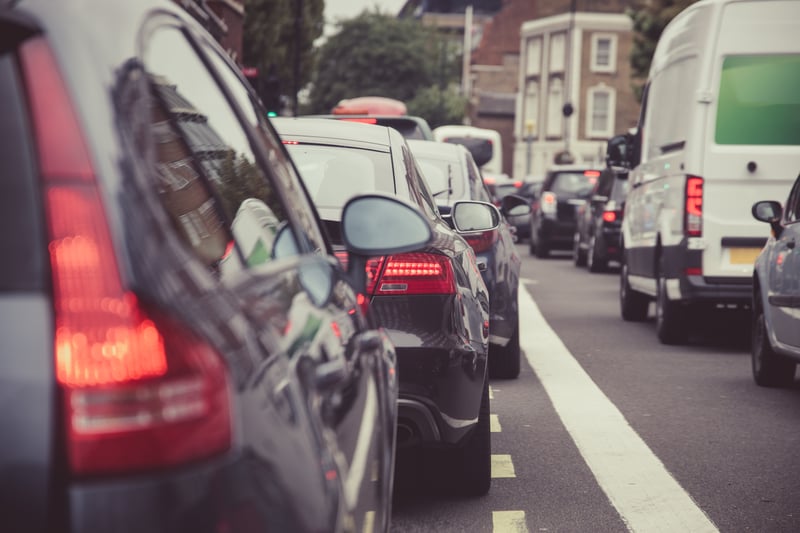Breathing in dirty air can increase the risk of respiratory infections, heart disease and lung cancer, and concern over these health risks has prompted many cities across the UK to introduce or plan low emission zones.
Figures from the Office for National Statistics show people in Liverpool were more likely to die from respiratory illnesses than the rest of the England in 2021 - although this is due to a wide variety of factors, not solely air pollution.
Analysis by the charity Asthma + Lung UK lays shows there were 142 deaths from respiratory illness for every 100,000 people in Liverpool - meaning the area has more than the 94 for England as a whole.
Measuring air pollution: The Indices of Multiple Deprivation, published by the Department for Levelling Up, Housing and Communities, measures local deprivation levels by analysing various factors affecting communities, such as income, health, crime and pollution levels.
The pollution data, published in 2019, estimates the concentration of four pollutants – nitrogen dioxide, benzene, sulphur dioxide and particulates – all of which can cause ill health. The higher the score, the higher the levels of air pollution in the local area. The figures show wide geographical variations in how clean the air is around the country.
Holborn, St Giles and Bloomsbury South in Camden was found to have the worst air pollution levels in the country with a score of 1.90 – six times greater than the Isles of Scilly which had the lowest levels of air pollution at 0.32.
In Liverpool, only four neighbourhoods had air pollution scores below the national average, but which were the worst? Here we reveal the 15 areas in Liverpool with the highest levels of air pollution.

1. Walton South
The Walton South area had the worst air pollution in the area, with a score of 1.37.

2. Walton Hall
Walton Hall had the second worst air pollution in the area, with a score of 1.31.

3. Fairfield East
Joint third worst was Fairfield East, with an air pollution score of 1.23.

4. Wavertree West
Joint third worst was Wavertree West, with an air pollution score of 1.23.